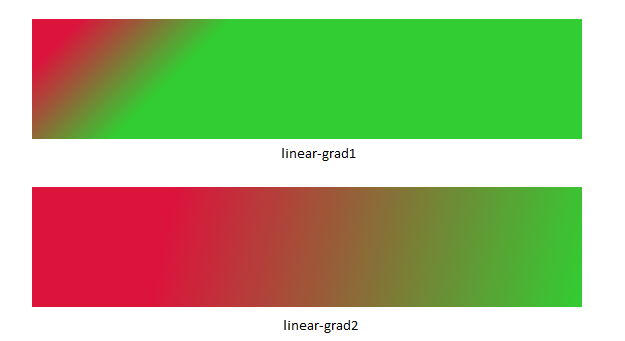In the realm of web design, CSS gradients and patterns are dynamic tools that elevate the visual aesthetics of a website. Gradients offer smooth transitions between colors, creating depth and dimension, while patterns provide texture and personality to backgrounds and elements. This article delves into the art of utilizing CSS gradients and patterns to infuse vibrancy and elegance into your web design, making your websites visually stunning and engaging.
CSS Gradients Basics
Gradients are a powerful feature in CSS that enable the blending of two or more colors seamlessly. Linear gradients flow in a straight line, while radial gradients emanate from a central point. Thus, by specifying color stops and angles, designers can create smooth transitions, adding depth and sophistication to backgrounds, buttons, and other elements.

Creating Linear Gradients
Linear gradients are versatile and commonly used to achieve a smooth transition between two or more colors along a straight line. Using the linear-gradient property, you can define the starting and ending points, as well as color stops to control the gradient’s progression. This technique is ideal for backgrounds, buttons, and text, providing a modern and polished look.
Designing Radial Gradients
Radial gradients, on the other hand, emanate from a central point, radiating outward. They are effective for creating circular or radial effects, adding a sense of depth and focus. Designers can control the shape, size, and color distribution of radial gradients. Therefore, making them suitable for elements like buttons, badges, and dynamic focal points.
Color Stops and Transparency
Furthermore, color stops in gradients allow for precise control over the blending of colors. Experimenting with transparency in color stops adds subtlety and nuance to gradients. By adjusting the alpha channel (opacity), designers can create translucent or semi-transparent effects, enhancing the overall elegance of the gradient.
Gradient Patterns for Backgrounds
Moreover, combine the power of gradients with patterns to create visually captivating backgrounds. Overlaying a subtle pattern on a gradient background adds texture and sophistication. This technique is particularly effective for hero sections, headers, and other prominent areas of a webpage, contributing to a unique and memorable user experience.
Implementing Diagonal Gradients
Diagonal gradients introduce an interesting twist to traditional linear gradients. By setting the angle of the gradient, designers can create dynamic and visually appealing backgrounds that add movement and energy to a webpage. This technique is often used in sections that require a modern and dynamic feel.
Adding Gradients to Text
Take typography to the next level by applying gradients to text elements. This technique is achieved by using the background-clip property and setting it to text. By blending colors within the text, designers can create eye-catching headings and captions that seamlessly integrate with the overall color scheme of the website.
Utilizing CSS Patterns
CSS patterns provide a delightful way to introduce texture and visual interest to backgrounds. Rather than using image files, designers can leverage CSS to generate patterns dynamically. This approach enhances website performance, ensures scalability, and allows for easy customization of patterns, making them a versatile choice for various design elements.
Creating Repeating Patterns
Repeating patterns add a sense of continuity and consistency to a design. With CSS, designers can easily create repeating patterns using the repeat, repeat-x, or repeat-y properties. Hence, this is especially useful for backgrounds, borders, and other elements where a seamless pattern enhances the overall visual cohesion of the webpage.
Combining Gradients and Patterns
For a truly dynamic and rich visual experience, consider combining gradients and patterns. Overlaying a subtle pattern on a gradient background creates a harmonious blend of depth, texture, and color. Therefore, this approach is effective for hero sections, banners, and other key design elements, allowing designers to achieve a sophisticated and visually appealing outcome.
Conclusion
In conclusion, mastering CSS gradients and patterns empowers designers to infuse their web projects with elegance and creativity. From creating smooth color transitions to introducing dynamic patterns, these techniques offer a vast canvas for innovative web design. Experiment, refine, and leverage the versatility of gradients and patterns to elevate your websites into visually stunning works of digital art.

